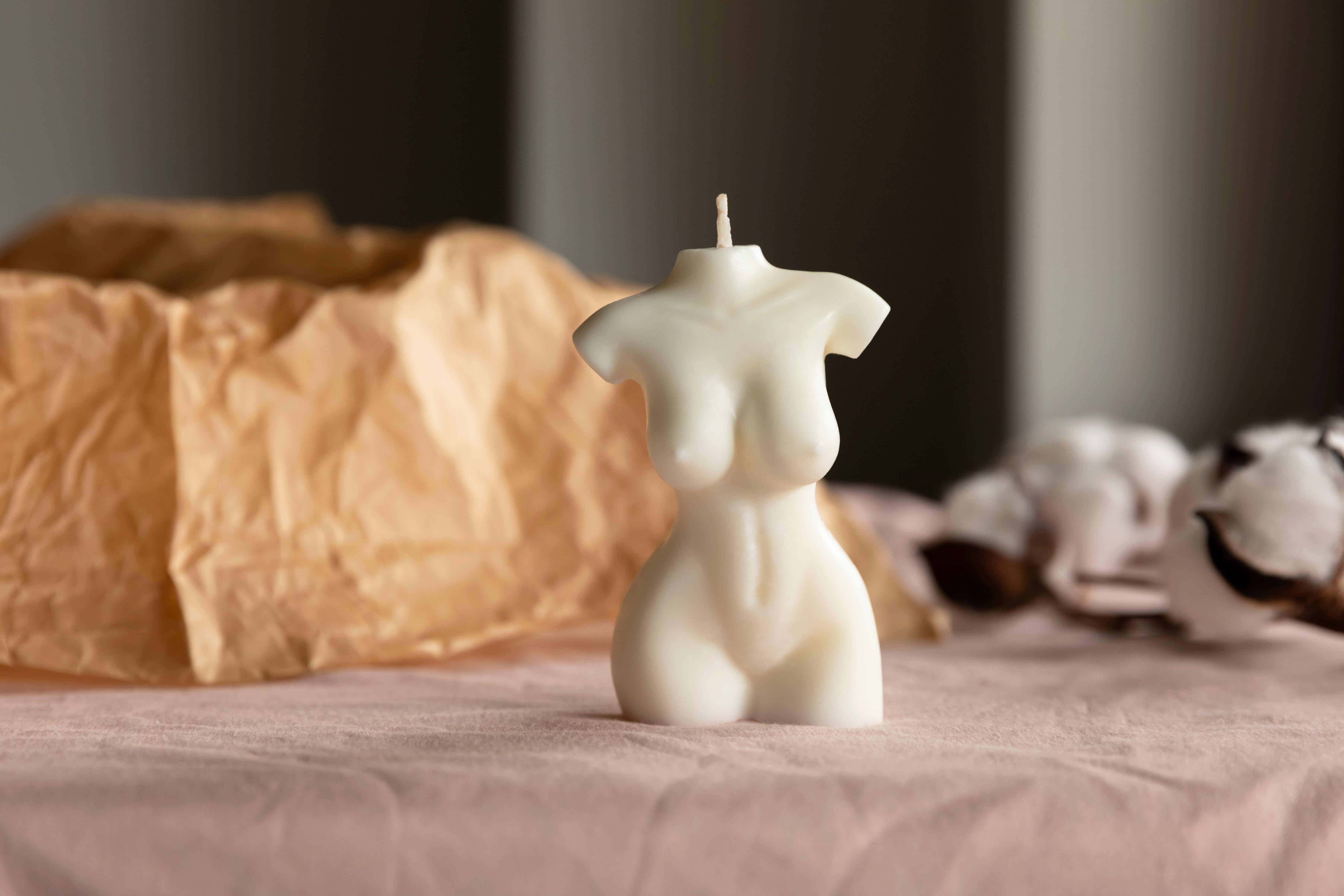What’s up with the trend for naked female bodies in homewares?
Prudence Wade investigates the benefits – and drawbacks – of seeing nude bodies in vases, mugs and more.

Your support helps us to tell the story
From reproductive rights to climate change to Big Tech, The Independent is on the ground when the story is developing. Whether it's investigating the financials of Elon Musk's pro-Trump PAC or producing our latest documentary, 'The A Word', which shines a light on the American women fighting for reproductive rights, we know how important it is to parse out the facts from the messaging.
At such a critical moment in US history, we need reporters on the ground. Your donation allows us to keep sending journalists to speak to both sides of the story.
The Independent is trusted by Americans across the entire political spectrum. And unlike many other quality news outlets, we choose not to lock Americans out of our reporting and analysis with paywalls. We believe quality journalism should be available to everyone, paid for by those who can afford it.
Your support makes all the difference.You’ve probably seen it on Instagram or in the background of a friend’s Zoom screen: the trend for nude, headless women’s bodies in homewares.
Naked bodies are often seen as taboo and yet, that hasn’t stopped the fad for bare breasts and buttocks on candles, vases, mugs and more.
There’s even a whole section of Etsy dedicated to ‘Nude home decor’.
Although a relatively new trend in the world of homewares, celebrating female bodies is old news in antiquities. Just take the famous Venus of Willendorf: a small figurine dating between 28,000 and 25,000 BCE.
Little is known about this ancient treasure – on display at Vienna’s Natural History Museum – but with her curvaceous form, she is thought to be a symbol of fertility.
While classical art has often focused on idealised bodies, the trend in homewares today tends to show the female form exactly as it is – and counsellor and Counselling Directory member Magdalena Stanek suggests it fits perfectly into the body positivity movement.
“From what I’ve seen, they are not just presenting idealised human bodies, but rather normalising that we’ve all got flaws,” she says. “It’s really nice to see normal human bodies that aren’t digitally altered images.”
Constantly being bombarded with airbrushed and Photoshopped images of ‘perfect’ bodies can have a huge impact on mental health, particularly that of young women.
The Mental Health Foundation’s Body Image Report found one in five adults and 40% of teenagers surveyed said images on social media “caused them to worry about their body image”, and over a third of UK adults have felt anxious or depressed because of their body image.
When we do see naked figures, it’s often in sexualised or purely aesthetic contexts – and these humble homewares could serve as a reminder that our bodies have other purposes, too. “Our bodies are working for us day in and day out: lungs are working, heart is beating,” explains Stanek.
The counsellor suggests these naked figures in everyday settings can “open up a dialogue” around the body, creating “gratitude – that it is a hard working organism that is constantly doing the hard job for us”, she says. “Our bodies are full of miracles – sometimes by diminishing that role as purely aesthetic, it’s really diminishing the full aspect of us as humans.”
Seeing real bodies with big bellies and wonky breasts can be something of a balm. “It sends quite an empowering message,” muses Stanek. It helps break taboos around nudity, where “the culture is [often] all about covering bodies”, she says.
Many of the artisans making these products do it on an individualised basis, where no two figures are the same. Not only is there diversity in body shape, but different skin tones tend to be represented too, which is hugely important. Stanek says: “I had a client and she was saying it’s so nice to see someone in TV or in art that looks like you: someone with a similar skin colour or body shape. It’s normalising.”
However, this growing trend could also have its drawbacks. Stanek calls it “potentially objectifying” for women, particularly if figures are being treated as objects rather than representations of “the real kind of human flesh”.
Big companies have started tapping into the trend, mass producing figures on an industrial scale. This means a sense of individuality can be lost, and there’s a danger we’ll start seeing more ‘perfect’ body types – rather than vases showing the lumps and bumps of real women.
For Stanek, the trend should be about “normalising bodies as mainstream – it’s not for commercial [reasons]; it’s not for monetising it”. “It will potentially go in a different direction, because we live in a world that, when one thing is picked up, you’ve got hundreds of thousands of people creating the same thing. Then it loses the original idea and concept behind it.”
If these figures start looking more like idealised body types, Stanek says that could “definitely have a negative impact” because it’ll bombard us with yet more images of what society thinks women ‘should’ look like.
It’s also hard to miss one glaring fact: it’s almost entirely women’s bodies featured, and very few male forms. “I feel like men sometimes can struggle even more with their bodies,” suggests Stanek – which is why there perhaps needs to be a similar movement in homewares celebrating the male form.
There are drawbacks to the trend, but ultimately Stanek says: “I feel more positives coming out of this than negatives.”